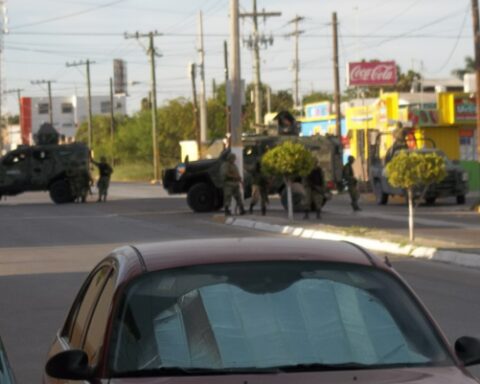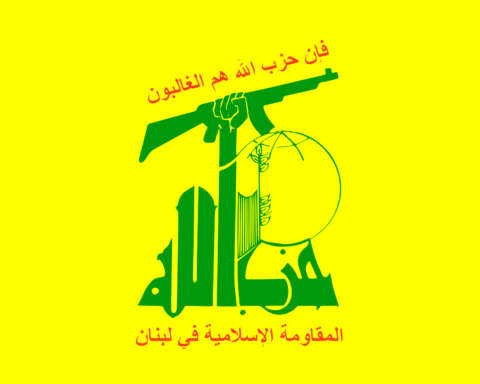The Israeli military is now reportedly beginning to scale back its massive reserve force, signaling what officials describe as a shift from high-intensity combat operations to a more sustainable phase of security management after two years of war in Gaza.
The decision coincides with the continuation of a U.S.-brokered cease-fire between Israel and Hamas that, while fragile, has largely held.
Beginning Thursday, Israel will reduce the number of reservists deployed in Gaza, the West Bank, and along the tense northern border with Lebanon, an Israeli military official said. The move is intended to relieve pressure on a force that has endured nearly nonstop service since Hamas’s Oct. 7, 2023, attack that killed about 1,200 Israelis and triggered the war.
The Israeli government called up more than 300,000 reservists after the assault—the largest mobilization in decades. Many have since rotated through multiple battlefronts, from urban warfare in Gaza to counterterrorism operations in the West Bank and the northern frontier with Hezbollah. Officials say that thousands of those reservists will now be released from service, with some being replaced by conscripted soldiers serving their mandatory draft terms.
“Reservists here are simply collapsing, and the economy can’t sustain this,” said Idit Shafran Gittleman, a senior researcher at the Institute for National Security Studies in Tel Aviv. “The military isn’t waiting for the political echelon to announce that the war is over. It has no choice.”
The move reflects both logistical and economic realities. Israel’s reliance on reservists—citizens who typically serve only a few weeks each year—has proven costly. Many reservists have expressed fatigue, saying their families and careers have suffered during repeated deployments. In recent months, military commanders reportedly turned to informal recruitment methods, including social media posts and private chat groups, to fill units as attendance waned.
Israel’s partial drawdown comes as the cease-fire with Hamas enters its second phase. While the truce has significantly reduced violence, both sides have accused each other of limited violations. The next step of the U.S.-mediated peace plan is expected to be more complex, involving the disarmament of Hamas and the introduction of an international stabilization force—details of which remain unresolved.
Despite the reduction, Israeli officials caution that the fighting is not over. On Thursday, Israel conducted airstrikes in southern Lebanon against what it described as Hezbollah targets, responding to attempts by the Iran-backed militia to rebuild its positions near the border. Though Israel and Lebanon reached a cease-fire a year ago, cross-border skirmishes and rocket fire have continued intermittently.
“Reservists can be called at any time depending on operational needs and developments,” an Israeli military official said, emphasizing that the army’s readiness posture remains high.
The drawdown underscores Israel’s current state of limbo—no longer in full-scale war, but not yet at peace. For now, the country appears to be moving toward a phase of guarded recovery, balancing the demands of national security with the strains placed on its citizen-soldiers and its economy. As Gittleman put it, “Israel is transitioning to something that isn’t war, but also isn’t normal life yet.”
[READ MORE: China Eases Tariffs After Trump-Xi Meeting, Signaling a Fragile Trade Truce]







